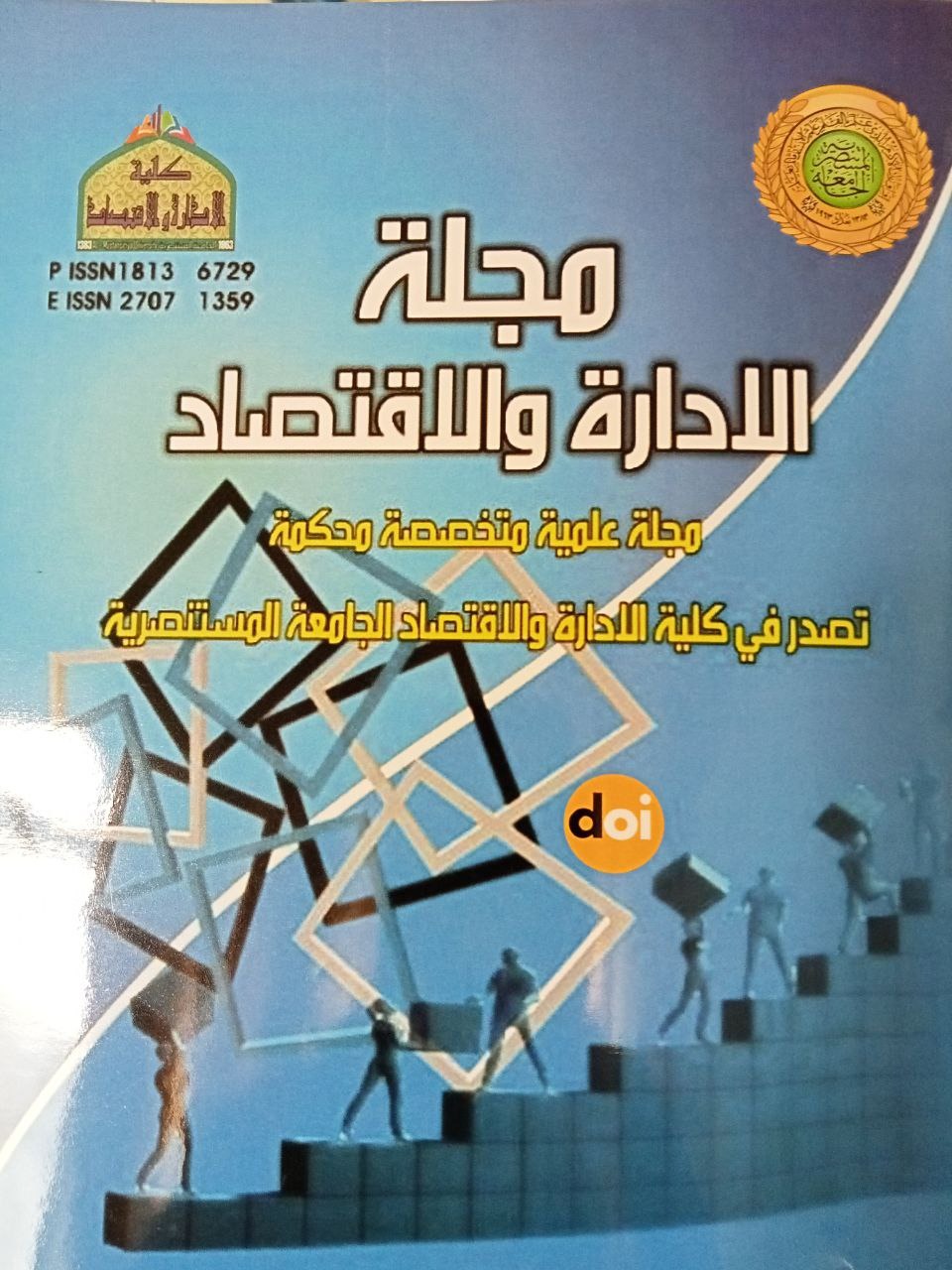Abstract
The current monetary policy is framed by objectives that oblige the Central Bank of Iraq to work on achieving them within the framework of building strong pillars for economic stability and prerequisites for the desired investment climate and the inevitability of economic development and the drive to deepen the national financial market and strengthen the means of mediation in it and enable it to integrate into the international financial system and leave eras of inflation and deterioration in growth and economic development and complete isolation from the world. In light of this, the Central Bank of Iraq Law, which granted it independence in managing its monetary operations since its issuance in 2004, obligated it to work on confronting inflation first and using indirect monetary policy tools and their signals to address prices and inflationary expectations that have affected the country's economy for more than two decades, with inflation rates reaching more than 50% annually, which left a high cost on economic welfare and a decline in productivity at rates ranging between (30-40%) from its desired levels for various sectors of the national economy or perhaps more than that, as confirmed by contemporary studies by Craig and Rocheteau 2008 as well as Lagos and Wright 2005. This is something that was embodied by many factors in the decline in productivity and the deterioration of the national economy’s commodity or productive sectors, but the state of inflation and the deterioration of stability opportunities were at the forefront of the real economic deterioration in our country.
Abstract
اٌطرت السياسة النقدية الراهنة بأهداف الزمت البنك المركزي العراقي العمل على تحقيقها في نطاق بناءه ركائز قوية للاستقرار الاقتصادي ومقدمات ملازمة لمناخ الاستثمار المرغوب و حتمية التنمية الاقتصادية والاندفاع نحو تعميق السوق المالية الوطنية وتقوية سبل الوساطة فيها وتمكينها للاندماج في النظام المالي الدولي ومغادرة عهود من التضخم والتدهور في النمو والتنمية الاقتصادية والانعزال التام عن العالم.وإزاء ذلك الزم قانون البنك المركزي العراقي الذي منحه الاستقلالية في ادارة عملياته النقدية منذ صدوره في العام 2004 بالعمل على مواجهة التضخم اولا واستخدام ادوات السياسة النقدية غير المباشرة واشاراتها للتصدي للاسعار والتوقعات التضخمية التي طالت اقتصاد البلاد على مدى اكثر من عقدين من الزمن بلغت متوسطات التضخم فيها مايزيد على 50% سنويا" وهو الامر الذي ترك كلفة عالية على الرفاهية الاقتصادية وتدني الانتاجية بمعدلات تراوحت بين (30-40%) عن مستوياتها المرغوبة لمختلف قطاعات الاقتصاد الوطني او ربما اكثر من ذلك حسبما تؤكده الدراسات المعاصرة لكل منCraig and Rocheteau 2008 وكذلك Lagos and Wright 2005 . وهذا امر جسدته عوامل كثيرة في تدني الانتاجية وتدهور قطاعات الاقتصاد الوطني السلعية او المنتجة منها ، ولكن حالة التضخم وتدهور فرص الاستقرار كانت على رأس التدهور الاقتصادي الحقيقي في بلادنا .
